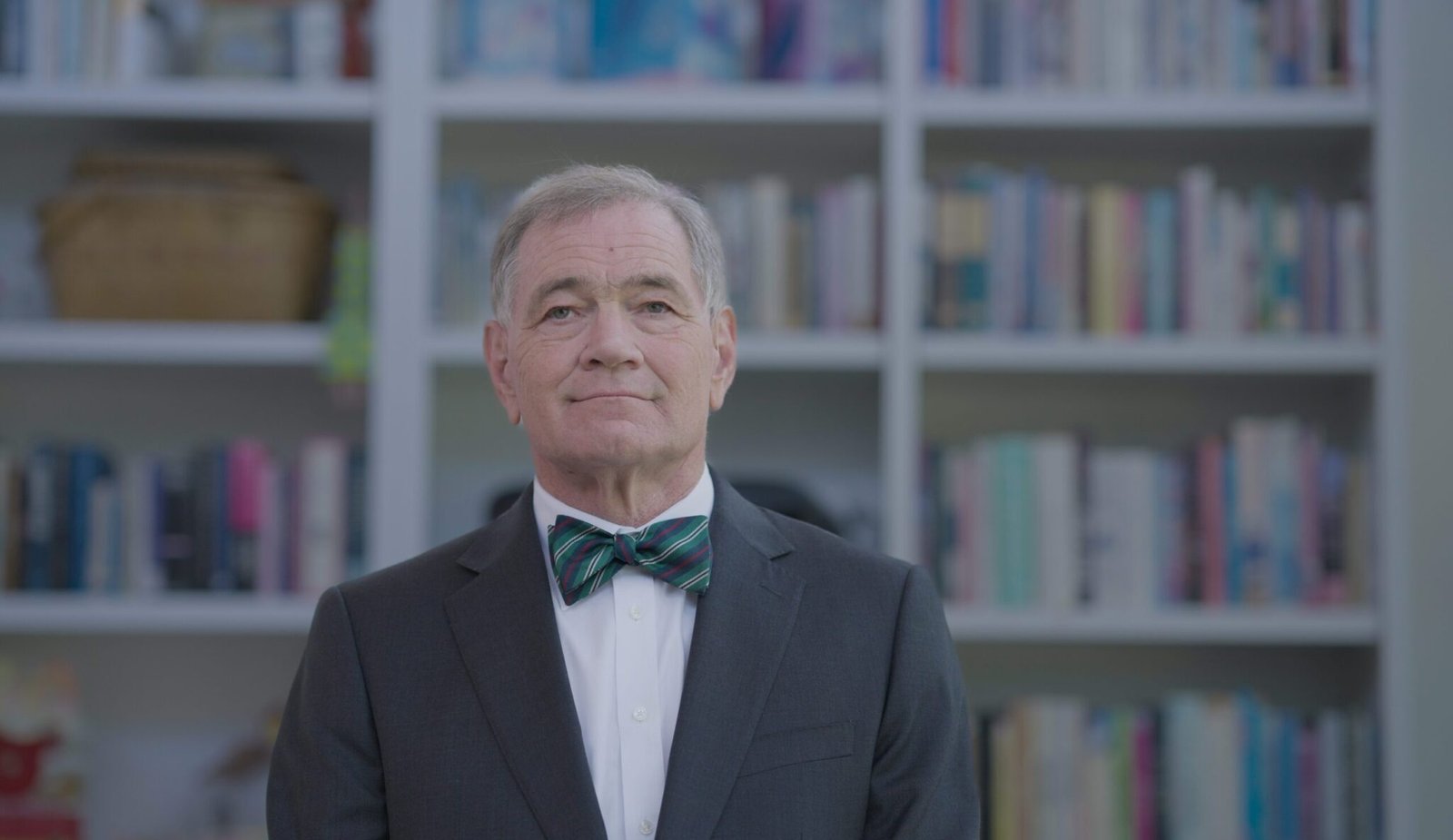Aaron Gunches
A Judge’s Unyielding Pursuit: Rethinking Humanity in the Face of Execution

Retired federal magistrate judge David Duncan was appointed by Governor Katie Hobbs to evaluate Arizona’s death penalty procedures. After nearly two years of analysis, Duncan’s tenure was abruptly ended following the November 2024 elections, where Republicans made significant gains. In his draft report, Duncan stated that lethal injection is not humane and is “not a viable method of execution.”
The question of humane execution has echoed through history. From public hangings to guillotine beheadings, methods have evolved but concerns about their humanity persisted. Lethal injection has been marketed as a humane option, designed to resemble a peaceful slumber. However, efficacy and ethicality in practice have come under scrutiny, especially in Arizona.
Over the past decade, Arizona has faced significant challenges in executing death sentences. The complexities surrounding drug procurement and administration have led to multiple execution failures. Problems such as securing proper drug supplies and finding qualified personnel have plagued the state’s attempts to carry out death sentences. Recent evidence suggests that the primary drug used may not be as painless as previously believed.
Upon taking office, Governor Hobbs directed Duncan to investigate and recommend improvements to the state’s execution protocols, including lethal injection and the gas chamber. Duncan, noted for his fairness and meticulous nature, admitted the inherent violence of execution processes. His inquiry focused not on whether the death penalty should exist but rather on how it could be administered properly.
Duncan reviewed extensive documentation and conducted numerous interviews over his two-year investigation. He concluded in his preliminary report that lethal injection, despite its theoretical potential, is unreliable and fraught with challenges. He highlighted that even a return to the firing squad might be a more reliable method, albeit more jarring for witnesses.
Hobbs subsequently dismissed Duncan, expressing a loss of confidence in his ability to fulfill the assignment after he allegedly exceeded its scope. Political tensions intensified with the emergence of Aaron Gunches, a death row inmate eager for execution. Amidst these controversies, the Arizona Supreme Court is poised to make pivotal decisions regarding Gunches’ case, which underscores the complexity and contentious nature of capital punishment in the state.
Duncan’s commitment to transparency in the execution process faced significant barriers. His queries about medical practices and preparation for executions were met with resistance. He noted a troubling lack of shared information between states regarding execution protocols, which hindered the development of best practices.
The governor’s administration, grappling with the politically sensitive landscape of capital punishment, moved to implement new protocols, promising improved transparency and operational readiness. The impending decision by the Arizona Supreme Court regarding Gunches’ execution highlights the ongoing tensions surrounding the state’s death penalty procedures and policies.
While Duncan plans to complete his report, the future of Arizona’s execution methods remains in flux, exacerbated by political dynamics and ethical concerns surrounding the death penalty. The reflection on these complex issues serves as a reminder of the difficulties in reconciling justice, morality, and the law in capital punishment cases.


















